In everything we do as brands, context matters. Beyond the basic actions taken to protect employees and businesses during a crisis, brands can either help or hinder our collective experience. So when a cultural moment shifts as dramatically as it has in the face of COVID-19. It’s important that brands address the issue with tact, empathy, and mindful marketing.
We thought it might be useful to share some of our general guidelines for marketing protocol during these challenging times.
How to Do Empathetic Marketing During a Crisis
Here, we’ve assembled our top tips for addressing your marketing approach during a crisis.
While every brand is different, we see this as a basic action plan that can help brands of all sizes make the right choices and avoid serious mistakes.
Of course, we’re always open to more ideas about how to address sensitive times thoughtfully. If you have more tips or thoughts, please share them in the comments. Otherwise, we hope you find these tips helpful.
1) Adjust Marketing Campaigns and Scheduled Content Timelines
Some brands are able to produce quick-turn campaigns created for a specific moment (as Ford did when it swapped its vehicle ads for a Coronavirus-response campaign). These are always impressive (and, to a marketer, enviable), but there are prohibitive risks involved that make this kind of war-room action unrealistic for most.
Therefore, your first step should be to audit what you have currently running or in your pipeline, especially any pre-scheduled content where launch is imminent.
- Decide what should be paused immediately. Push timelines back on major campaigns that will likely be eclipsed, or pause entirely if you’re not sure if the content is appropriate. Just because a campaign has some elements that aren’t appropriate right now doesn’t mean it needs to be scrapped altogether; it’s likely that many things will be fine once the outbreak subsides.
- Consider what to prioritize or pivot. You may want to move some things up in the interim, or look for ways to successfully pivot some messaging. For example, a campaign centered on the theme of “Get closer to your customers” can pivot to “Support your customers” or “Customer relationships matter.” Audit your campaign visuals as well (see tip 2).
The good news is that this content break may give you an advantage once things resume as usual. For now, you can start to prepare for the “next” cultural moment (post-quarantine) and determine what content will be most relevant and impactful then. (You can follow our guide to planning a marketing campaign if you want to get a head start on production in advance.)
You should also keep an eye on the quarantine advisements in your geographic business areas, as every region is on a different timeline, so you can be proactive in your communication once things get back to normal.
2) Evaluate Your Imagery and Language
Visual communication is powerful, as are the words we use, so it’s important to think about the messages your brand is sending.
- Avoid visuals of crowds or people touching. This includes people working in offices or at social gatherings out of the house.
- Reframe marketing language that describes close interaction. Reconsider figurative language like “get in touch,” “work hand in hand,” or “get closer to your customers.” Messages encouraging immediate interaction may be deeply scrutinized.
- Swap out visuals. If you have current or upcoming campaign visuals that may be tricky, revise the imagery now or push the timeline to later in the year.
Note: We are speaking specifically about “push” content here—the content you are actively putting in front of people across channels during this time (e.g., email subject lines, social posts, current campaign taglines, content, blogs).
As this quarantine period is expected to be temporary, visitors will likely have some forgiveness about pre-existing content. More permanent brand elements (e.g., your logo) or “pull” content (e.g., your homepage) can remain intact—unless you’re actively promoting a large social event on your homepage, or your hero image depicts large crowds or people touching.
3) Don’t Capitalize on the Crisis
This applies to any tragedy or crisis, but it’s particularly important to remember in this climate of worry and fear.
- Keep people informed. Brands do need to communicate in response to the crisis, as it pertains to their business. For example, you should communicate about the proactive measures you’re taking, store closures, or policy updates related to COVID-19 Although these messages might be getting memed on social media, they do add value to customer relationships because they are informative. (Note: If you do plan to create news-centric content, such as an infographic, follow our tips to do it without being a jackass.)
- Don’t be an alarmist. It’s important to keep people informed, but don’t add to the panic. Be mindful of overly dramatic language, as well as any additional information you’re sharing (e.g., credibly sourced news articles or tips).
- Avoid bragging. Remember that many people are not working during this time and are genuinely worried. As a default, a spirit of humility and empathy should be a filter for anything your brand says in the near future.
- Mind your tone. No “Hot COVID-19 sales!” or other tactless messaging.
Note: Even if communication isn’t offensive, it can still be perceived as clueless. I visited a brand’s Linkedin page that proclaimed their tool to be “the favorite.” Clearly, this copy was written prior to the quarantine, and it struck me as out of step with current events and a real turnoff—particularly on a social platform where messaging is expected to be more real-time.
4) Be Positive, But Not Ignorant
In a time when people are uneasy, you don’t need to meet a grim cultural moment with a grim brand tone.
- Look to your Brand Heart for guidance. Times like these are when the work you’ve done to create a brand strategy can be incredibly valuable. Use your Brand Heart (purpose, vision, mission, and values) as your North Star to remind yourself what your brand stands for, and what that means in the context of COVID-19. Lean into human stories, let your principles set the tone, and don’t be afraid to be vulnerable.
- Be personable. You don’t have to strip your brand of emotion. For example, offering your well wishes or using imagery of people smiling isn’t, in itself, offensive. In fact, it can be refreshing for people to recall normal life, and to be hopeful for the quarantine’s end.
- Think about your future messaging. During the depths of the 2008-09 recession and the early years of economic recovery, many brands pivoted to campaigns that promoted optimism, hope, and humanity. (You may remember Coke’s “Open Happiness” campaign from that time period.) As AdAge’s Bob Garfield put it profoundly at the time, “There is always a bull market for optimism when there is a bear market for everything else.”
- Create employee-generated content (EGC). Poll your teams for their favorite Netflix binges, share your tips for maintaining office plants while everyone is away, or post fun photos from your video conferences. What are your employees doing in their spare time? How are people working together to keep things light? What are people doing to stay healthy and prepared? This quarantine is an opportunity to spotlight your people and your culture. Remember, too, that people will crave more human interaction through social media, video conferencing, etc. Fill that need for both your employees and customers.
Remember: The more you show your human side, the more we can all feel connected—even if we’re stuck inside. It might sound cliché, but it’s true: We’re all in this together.
5) Highlight How Your Brand Can Help
Brands exist to provide value, and the products/services that help during this stressful time deserve the attention of those who can benefit from them. If what you do supports or enhances people’s lives while quarantined, tell that brand story.
- Communicate your benefits. Does your product give people things to do at home? Does it help people do their jobs without face-to-face interaction? Clarify your brand’s potential unique value in this cultural moment, and share it.
- Create helpful content. Even if your product doesn’t directly help folks deal with the quarantine, your brand can still provide value to people. How can you educate, entertain, or inspire people stuck at home all day?
As long as you keep the focus on helping people (and not patting yourself on the back), your marketing doesn’t have to stop.
Remember: The Quarantine Won’t Last Forever
We won’t speculate too much about when the “end” of this period will come, but by all guidance, we’re expecting to emerge from quarantine sometime this year. We encourage you to prepare for that transition thoughtfully and proactively.
During times like these we’re reminded that the stakes of marketing are not life or death. But we’re also reminded that feeling productive, and feeling like we add value to the world is very meaningful. We’re aware that many people who rely on this feeling may have lost it suddenly, or may feel unmoored by what’s going on, and our hearts are with them.
R&R Printing wish everyone health and safety during this unusual time.



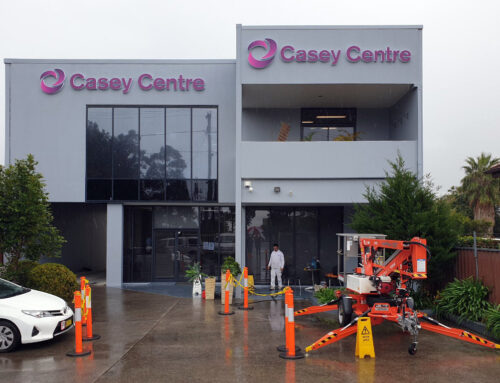
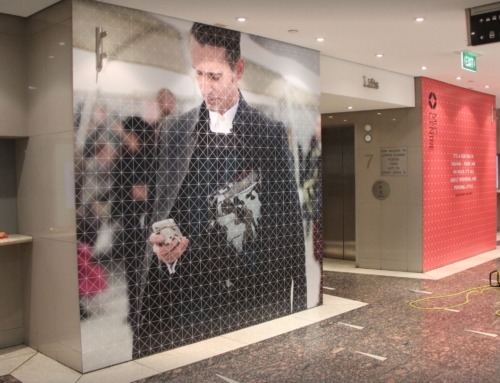
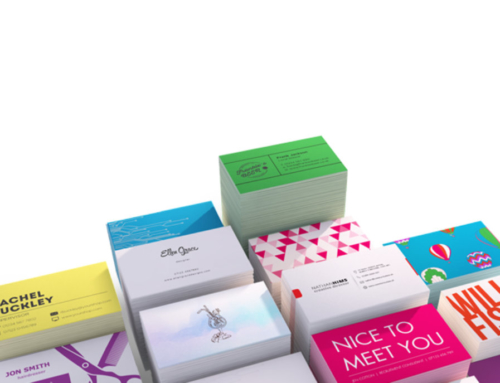
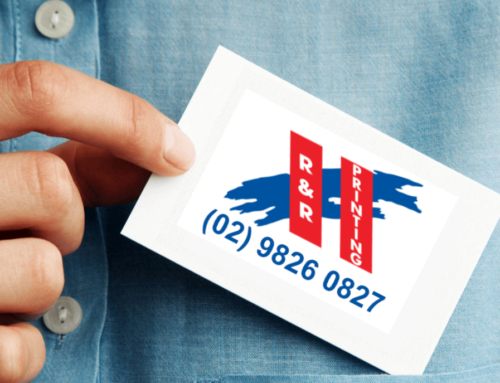
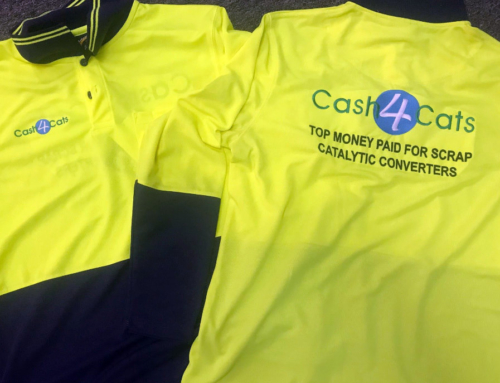
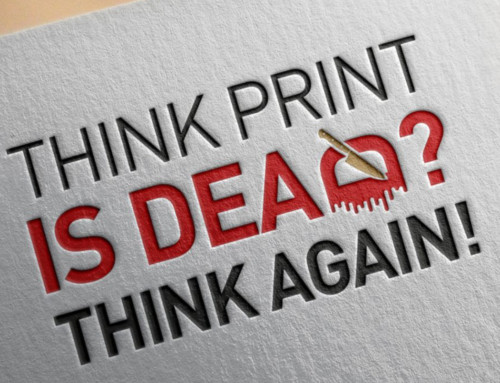
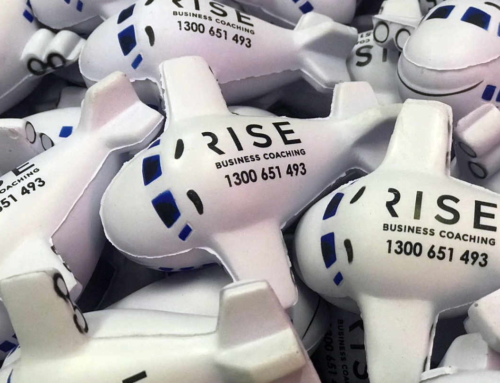
Leave A Comment